How Do Transfer RNAs Get Efficiently Selected by the Polymerase?
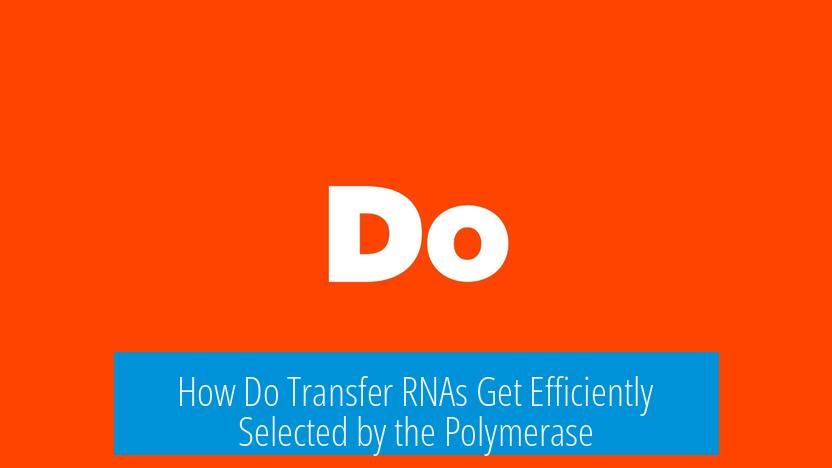
Transfer RNAs (tRNAs) are efficiently selected by the ribosome, not the RNA polymerase, through a combination of kinetic factors, molecular concentrations, and precise molecular interactions within the ribosome during translation. The polymerase’s role, specifically RNA polymerase, is in transcription — synthesizing RNA from DNA, not selecting tRNAs.
Distinguishing RNA Polymerase and Ribosome Roles
RNA polymerase synthesizes mRNA by selecting nucleotides matching the DNA template. It must be highly accurate, adding nucleotides one at a time with minimal error through substrate selection, catalysis, and proofreading during elongation.
The ribosome reads the mRNA triplet codons and selects matching tRNAs carrying amino acids for protein synthesis. Each tRNA matches a codon by its anticodon triplet. This selection occurs in the ribosome’s decoding center during translation.
Mechanism of tRNA Selection in Ribosomes
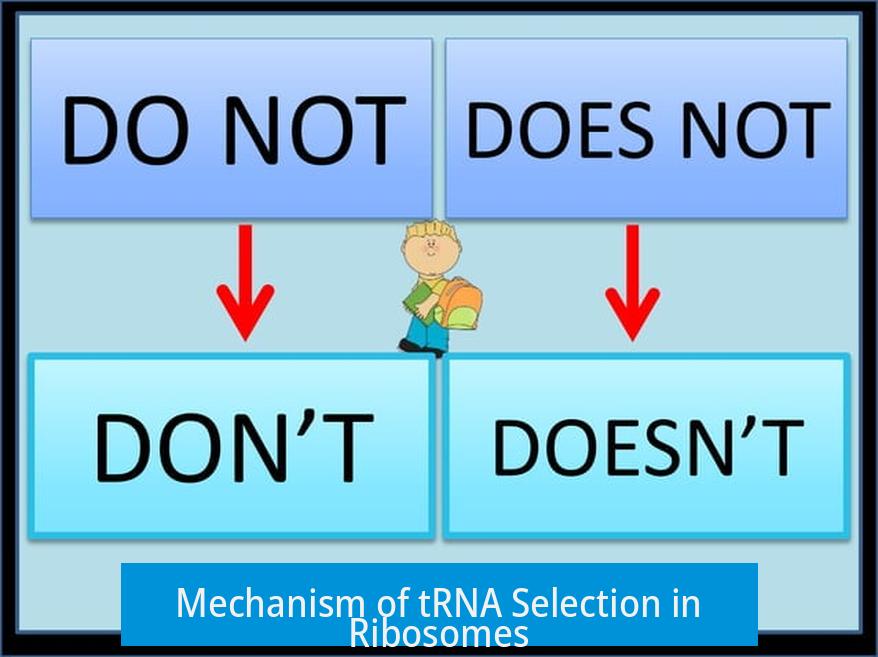
- Kinetic Proofreading: Selection depends heavily on kinetics. Many tRNAs diffuse rapidly near the ribosome, and only the correct tRNA, with perfect codon-anticodon matching, is stabilized long enough for peptide bond formation.
- High Concentration and Favourable Kinetics: Cellular tRNA concentrations are high. This abundance increases the likelihood of fast and accurate selection, akin to quickly finding the right key among many.
- Small Scale, High Frequency: Numerous ribosomes operate simultaneously in each cell. This vast number of translation events ensures efficient overall protein synthesis despite individual selection challenges.
Comparison to DNA and RNA Polymerase Activity
Like tRNA selection in translation, RNA polymerase maintains rapid and accurate nucleotide incorporation during transcription. The presence of accessory proteins such as the sigma factor enhances polymerase specificity, particularly at initiation.
RNA polymerase keeps the next nucleotide substrate readily available to maintain speed and fidelity. Similarly, ribosomes maintain a dynamic environment where correct tRNAs rapidly outcompete near-cognate molecules by favorable binding kinetics.
Summary of Key Points

- tRNA selection is a ribosome-mediated process relying on codon-anticodon matching and kinetic proofreading.
- RNA polymerase does not select tRNAs; it synthesizes RNA by correctly adding nucleotides.
- High tRNA concentration and rapid molecular movement enable fast, efficient selection.
- Multiple ribosomes per cell amplify throughput, compensating for individual selection times.
- Accessory factors enhance specificity and timing in RNA polymerase activity during transcription.
How Do Transfer RNAs Get Efficiently Selected by the Polymerase?
Answer upfront: Transfer RNAs (tRNAs) don’t get summoned by some magical bullhorn. Instead, their efficient selection by the polymerase boils down to kinetic favorability and a bustling cellular environment loaded with charged tRNAs ready for action. Now, let’s unpack how this molecular dance really happens, step by step, and why it’s less about enchantment, and more about precision engineering.
Imagine you’re in a crowded room with a dozen people holding different keys, all trying to open a door—you don’t shout who fits the lock; you try key after key extremely fast until one works perfectly. This is basically the process in cells where tRNAs are selected during translation and transcription.
The tRNA Selection Puzzle: No Bullhorns Here
One tempting but flawed image would be that some mystical mechanism reads the triplet codon on the mRNA and then yells out, “Hey, tRNA carrying the correct amino acid, come here!” But biology doesn’t work with bullhorns. Instead, the selection is more of an instantaneous trial-and-error game running at lightning speed.
There’s no explicit ‘attraction’; rather, many tRNAs—each loaded with specific amino acids—are bobbing around the ribosome. The correct tRNA base pairs with the codon, stabilizing the complex and prompting the polymerase to proceed. Those that don’t match simply get whisked away quickly to save time and energy.
Kinetics Takes the Center Stage
The primary secret to efficient tRNA selection is kinetic favorability. Imagine millions of molecular keys constantly jiggling, trying one after another at an active site. Because there are so many tRNAs available—and the process happens in an extremely small space—RNA polymerase, or ribosome, can rapidly test multiple substrates.
These kinetic competitions ensure the right tRNA fits in promptly without any need for targeted ‘calling out.’ The system capitalizes on thermodynamics and concentrations. In simple terms?
It’s like standing at the bottom of a massive lake—you’re never short of water if you want to fill a glass.
Here, loaded tRNAs are abundant enough that the right one will almost always be the first to fit perfectly into the active site.
Pol III vs Poly: The Ready-For-Action Bases
Interestingly, this isn’t unique to tRNA selection in ribosomes. DNA and RNA polymerases—which replicate and transcribe genetic material—work at phenomenal speeds with minimal errors. These enzymes are thought to always “have the next base ready,” a pre-positioning mechanism that cuts down the search time.
RNA polymerase must add nucleotides accurately in a sequence, one after another, without a single mistake, in millions of rapid-fire additions. Similarly, ribosomes select the correct tRNA out of a swarm engaging in kinetic competition, aided by accessory proteins and structural nuances.
Scale Matters: Tiny Space, Tremendous Activity
It’s critical to realize the scale at which these reactions operate. Each cell contains approximately ten million ribosomes. Each ribosome catalyzes multiple reactions every second, with tRNAs constantly flowing in and out.
Even if only one successful reaction occurs per ribosome every hour, simple math shows an astronomical number of tRNA selections happening simultaneously. And it is actually far quicker and more frequent in living cells.
Mechanistic Insights: Beyond Kinetic Juggling
Taking a closer look at transcription elongation, the RNA polymerase must select the correct nucleotide substrate, catalyze the addition, proofread and translocate correctly. Several protein factors participate here, including the sigma (s) factor, which enhances specificity by altering RNA polymerase’s binding and initiation behaviors. These coordinated steps optimize the timeline and reduce mistakes.
In translation, the ribosome ensures fidelity using what resembles a ‘conformational proofreading’ system. When the tRNA matches the mRNA codon perfectly, the ribosome stabilizes and accommodates it. If not, the tRNA quickly dissociates, preventing incorrect protein building.
Practical Analogy: Learning from the Molecular Crowd
If you ever lost your keys in a busy café, your strategy wouldn’t be to shout their name. Instead, you’d quickly check one pocket after another, hoping to find them fast. Biological systems use the same principle: fast checks, high availability, and selective retention.
This approach offers robust speed without compromising accuracy—a logistical marvel considering the complexity of cellular machinery. The high concentration of tRNAs and the fast kinetics allow the ribosome and RNA polymerase to keep up with the rapid pace of life.
Takeaway: Don’t Look for Magic
So, how do transfer RNAs get efficiently selected by polymerase? It’s a tale of vast numbers, kinetic speed, and smart molecular proofreading. No horn calls, no magic attraction—just straightforward chemistry, fast trial and error, and an extremely crowded yet well-organized molecular playground.
This understanding opens exciting avenues for biotechnology and medicine. For example, tweaking tRNA concentrations or polymerase accessory factors can influence protein synthesis speed and fidelity, potentially offering therapeutic strategies for genetic diseases and synthetic biology.
Summary Table: Key Points in tRNA Selection
| Aspect | Explanation |
|---|---|
| Mechanism | Kinetic selection by rapid testing of multiple charged tRNAs |
| Magical Attraction? | No, selection is a fast, trial-and-error process without explicit signaling |
| Role of Concentration | High concentration of tRNAs makes selection efficient and rapid |
| Accessory Proteins | Factors like the s factor modulate RNA polymerase binding and initiation |
| Scale and Frequency | Millions of ribosomes acting simultaneously ensure consistent protein synthesis |
Next time you think about the frantic pace inside your cells, remember: the polymerase doesn’t shout for the right tRNAs—it relies on rapid-fire kinetic selection amid a bustling molecular crowd. A perfect example of biology using simplicity to accomplish astounding precision.
How does the polymerase quickly select the correct tRNA during translation?
The process relies on kinetics. Many tRNAs are available, and the right one fits quickly based on matching the mRNA codon. The selection is like a rapid key trial to find the matching tRNA.
Does RNA polymerase use a mechanism to attract the correct tRNA?
No. There is no known direct ‘attraction’ method. The selection is mostly driven by chance encounters and chemical compatibility rather than active signaling to a specific tRNA.
What role does substrate concentration play in tRNA selection?
High concentrations of tRNAs help ensure the correct one binds fast. This is similar to filling a glass at the bottom of a lake—having many substrates nearby speeds up selection.
How does the sigma factor affect RNA polymerase substrate selection?
The sigma factor affects RNA polymerase by making it more selective about where to start transcription. It influences the stability of RNA polymerase binding, indirectly affecting substrate choice.
What ensures accuracy during RNA polymerase elongation involving tRNAs?
RNA polymerase performs substrate selection, catalysis, proofreading, and translocation. These steps involve structural elements and accessory proteins that maintain accuracy during rapid nucleotide additions.


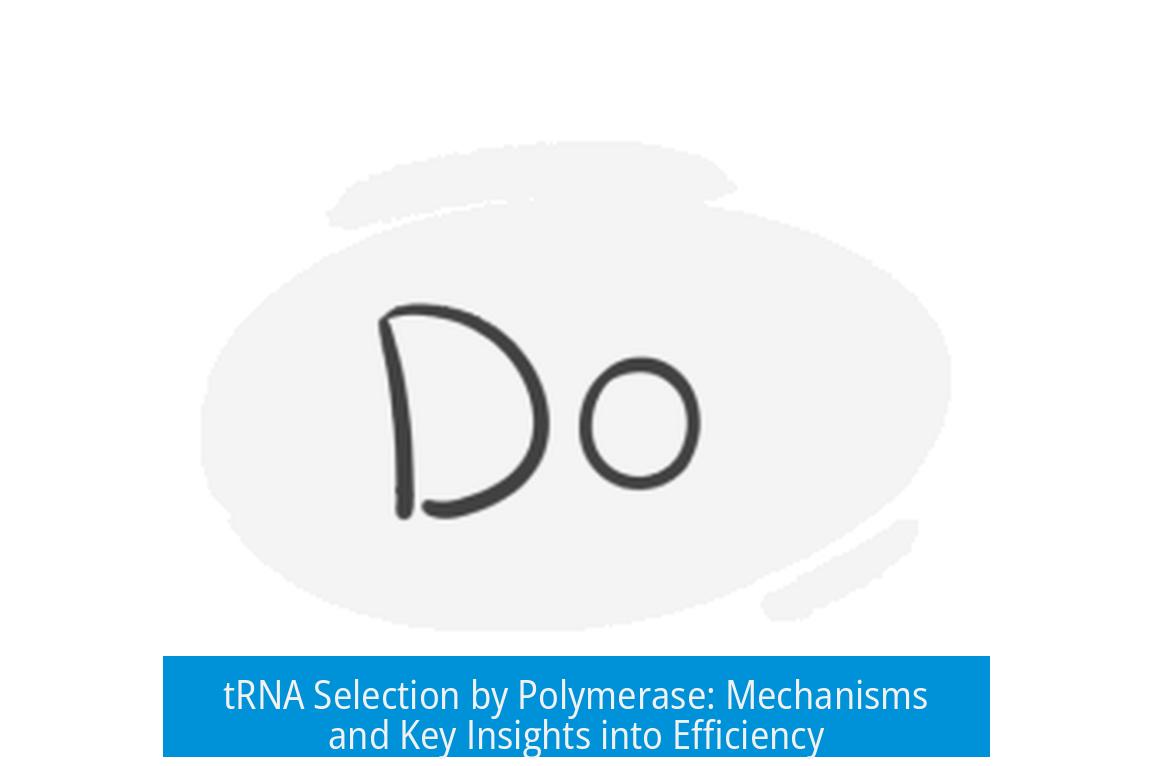
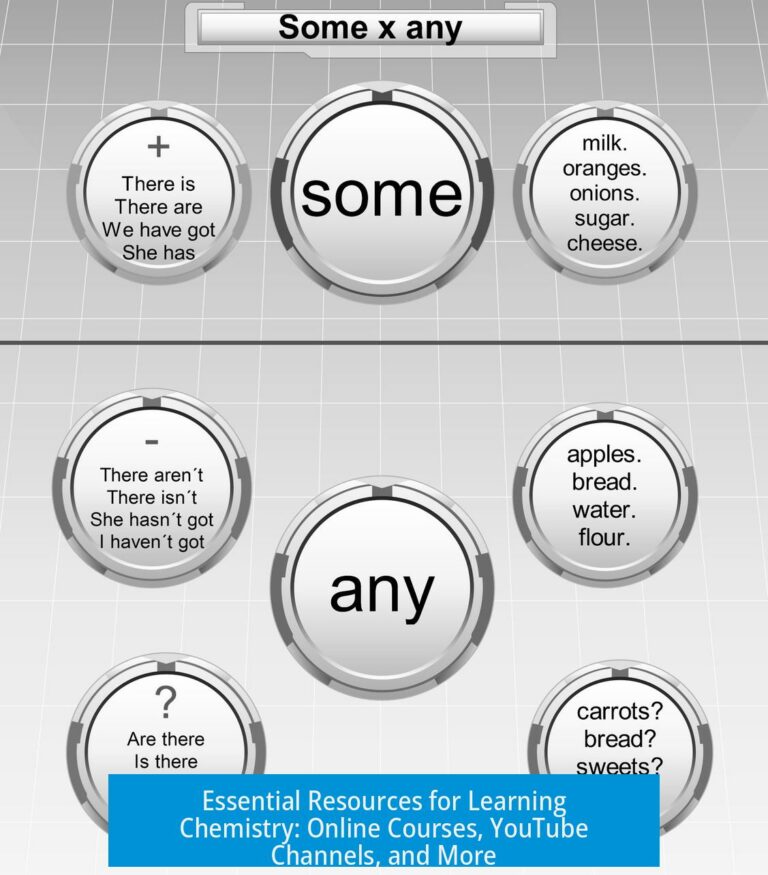
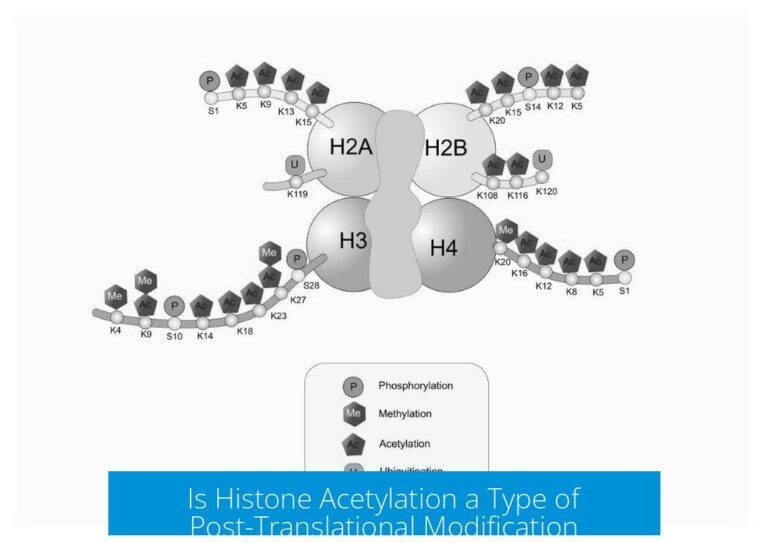
Leave a Comment